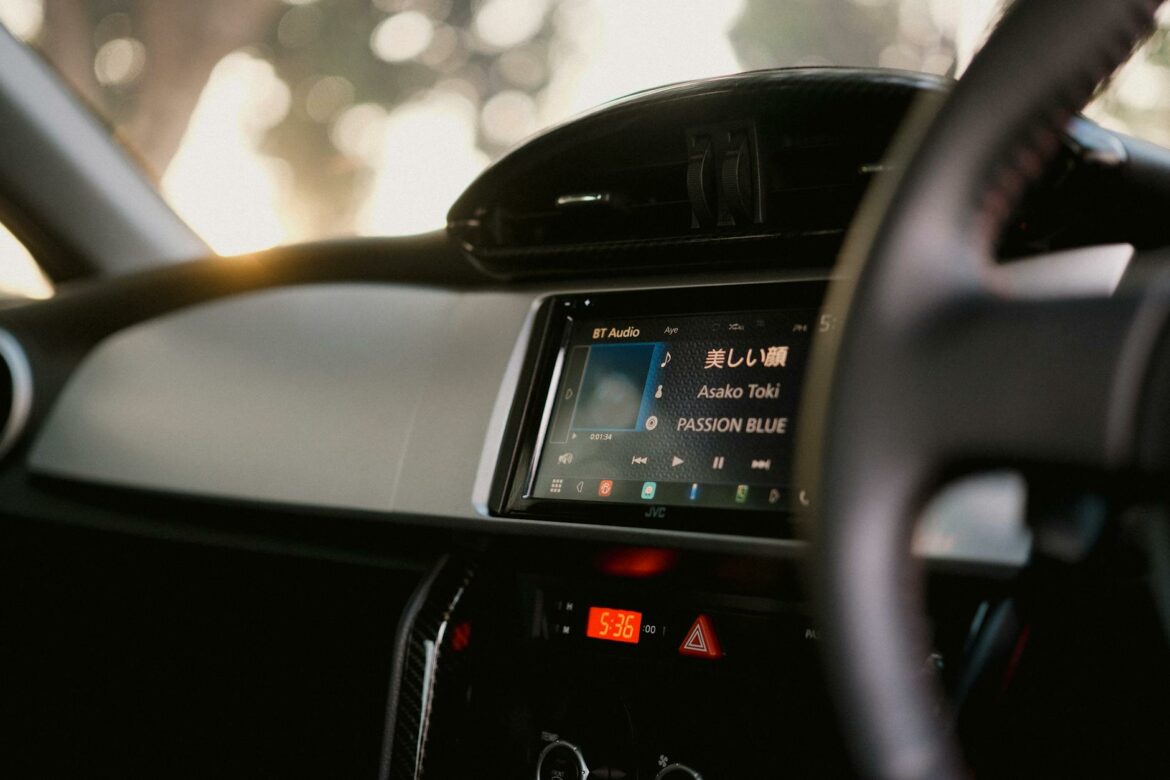As the last light of day slips beneath the horizon, the inside of the mid-size venue transforms from mundane to magical. The scent of fresh paint mingles with the anticipation in the air, where the dull hum of conversation rises to meet the eager buzz of excitement. A staging area filled with flight cases and tangled cables hints at the evening’s promise, while the stage itself sits in quiet readiness, a blank canvas awaiting the brushstrokes of light and sound.
In this space, the lighting rig stands as the artist’s palette, brimming with options to create an atmosphere that speaks to the soul of the performance. For mid-sized venues—those intimate spaces that can accommodate anywhere from 200 to 1,000 spectators—having the right lighting setup is essential. You need a blend of portability and power to ensure that every corner of the venue is illuminated in a way that enhances the experience, allowing both the performers and the audience to fully engage in the moment.
The beauty of today’s lighting technology is its ability to travel and adapt. Rigs designed for mid-sized venues often prioritize portability without sacrificing the quality expected by modern productions. For instance, LED fixtures have revolutionized the landscape. They are light enough to be easily maneuvered and set up, yet powerful enough to provide the vibrant colors and intensity needed to transform a performance space. Take the Elation Color Chorus 72, a versatile wash light that combines RGB and white LEDs. With its compact design and robust output, it’s an ideal choice for lighting designers who need to create stunning visuals without breaking their backs (or budgets).
But it’s not just about the lights themselves; it’s about how they’re configured. The beauty of a mobile lighting rig lies in its flexibility. A common setup in a mid-size venue might involve a combination of moving head fixtures, par cans, and uplighters. Moving head lights, such as the Chauvet Maverick MK2, provide the ability to change angle and color on the fly, allowing for dynamic effects that can match the ebb and flow of a performance. They can sweep across the audience, create dramatic focus points on stage, or even be programmed to execute synchronized movements in time with the music.
Par cans are the workhorses of any lighting rig. These fixtures offer versatile wash capabilities and can be used for both front lighting and backlighting. The classic stage par can has been reborn in the form of LED versions, providing the same vibrant washes with less heat and energy consumption. In addition to their practicality, they add an essential layer of texture when mixed with other light types. Imagine a band performing, with par cans casting warm hues that complement the mood of a heartfelt ballad, then suddenly shifting to cool blues as the tempo quickens.
To achieve a layered lighting design, uplighting has become an indispensable tool. Uplighters are typically placed around the perimeter of the stage or the venue’s architecture, casting light upward to create stunning silhouettes and textures. The American DJ Ultra Hex 7 is a popular choice due to its compact size and versatility. It can produce a broad spectrum of colors, enabling designers to wash the walls in vibrant tones that reflect the mood of the event. This type of atmospheric lighting not only enhances the aesthetic quality of the performance but can also serve to connect the audience more deeply to the moment.
In mid-sized venues, power and control go hand-in-hand. Control systems like the ChamSys MagicQ or the ETC Nomad offer rich programming options, allowing for intricate light shows that can synchronize with music and other effects. The ability to pre-program cues and transitions means that lighting designers can focus on crafting experiences rather than scrambling to keep up with the action. Moreover, the portability of these systems allows easy transportation from one venue to another, making it effortless to replicate or adapt a lighting design to suit varying spaces.
Consider the excitement of a local band performing in a venue for an audience that’s eager to connect. The lighting can transform this intimate experience into something unforgettable. When the lights dim and the first notes resonate, an audience’s hearts can soar as beams of light burst forth, washing over the crowd. It’s a dance, a rhythm that flows between the performers and the audience, creating a shared experience that captures the essence of live music.
As artists strive to push the boundaries of creativity, the integration of video elements into lighting rigs has also become increasingly common. LED video walls or projectors can complement traditional lighting, providing dynamic content that can be synced with the performance. An example can be seen in smaller theater productions where a backdrop of vibrant visuals enhances the narrative of the story being told, all while maintaining the intimate feel that mid-sized venues are known for.
Beyond the technical aspects, it’s important to remember that lighting is emotional. The glow of a lone spotlight shining on a singer during a heartfelt solo can evoke tears, while a sudden burst of flashing lights during an upbeat song can send the audience into a frenzy. The ability of a well-designed rig to manipulate emotions is what makes it an indispensable part of any mid-sized venue production.
The choice of lighting for mid-size venues may very well define the character of the event itself. As a designer, having a palette of lights that can easily travel while still offering vast creative possibilities allows not only for breathtaking visuals but also for a connection that can be felt deeply by all present. So, next time you’re standing in that transformed space, bathed in color and brightness, remember the ingenuity and artistry that brought those lights to life. It’s not just a performance; it’s a living, breathing experience that turns each moment into something extraordinary.

